Time history
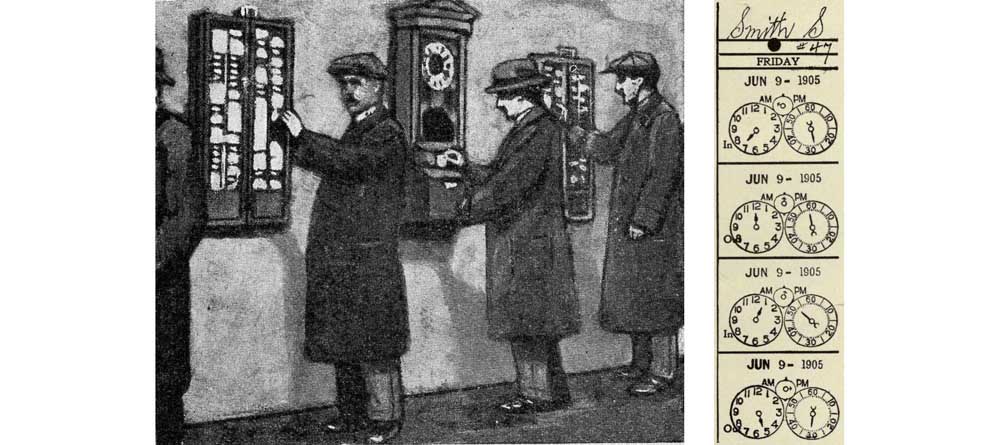
I continue to review the old accounting technology. Next in line is the technology of the so-called time-keeping.
Time attendance - accounting of staff time.
The term comes from the German Tabelle, which in turn originates from the Latin tabula - the table. Why a table? And because the working days or hours of employees of enterprises since ancient times were noted in long paper tables - time sheets .

')

Naturally, timers filled out the timesheets. I remember very well: in the department in which I once began my career, there was a person who, in addition to his main duties, performed the duties of a timekeeper - he noted those present and absent from the workplace every day. At the end of the month, the report card surrendered to the settlement department, where, on the basis of the data specified in it, the employees were paid salaries.
However, some attempts to modernize the personnel records were made long before what I can remember.
Somewhere since the beginning of the last century, so-called personnel counters began to be used in large enterprises in the form of numbered metal plaques:

At the entrance to the enterprise, the employee removed a personal time item token from a special board, and when leaving the territory he hung back, as a result of which it was possible to easily determine whether a person is in the enterprise or “went out for a minute”.
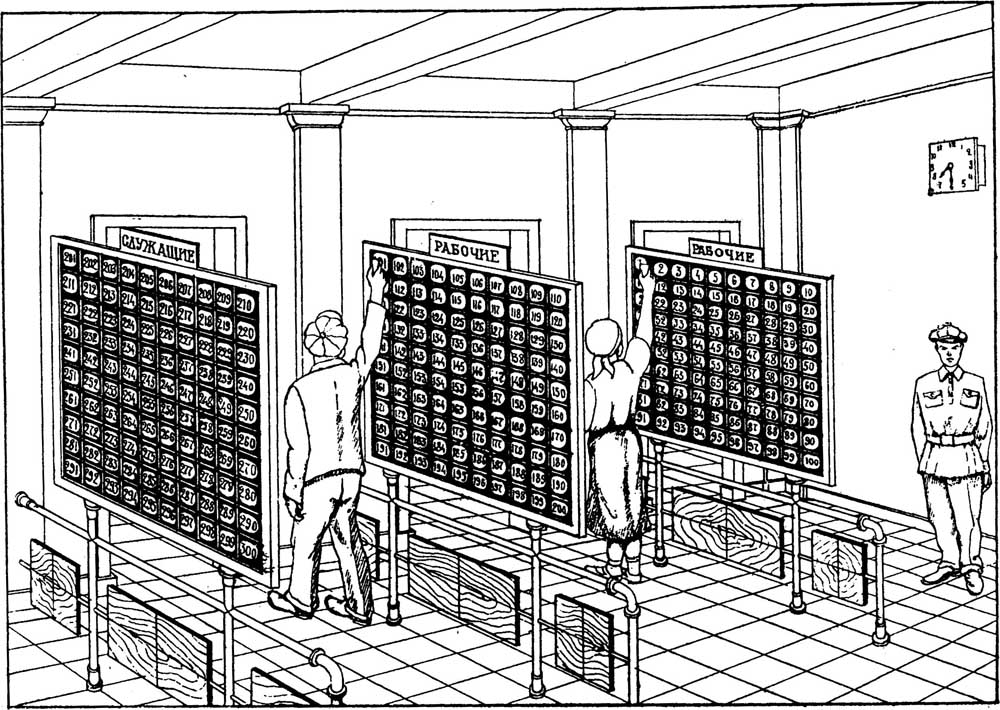
Personnel boards of different models were used, although — well, what could be the models of a vertical board with numbered hooks ?!
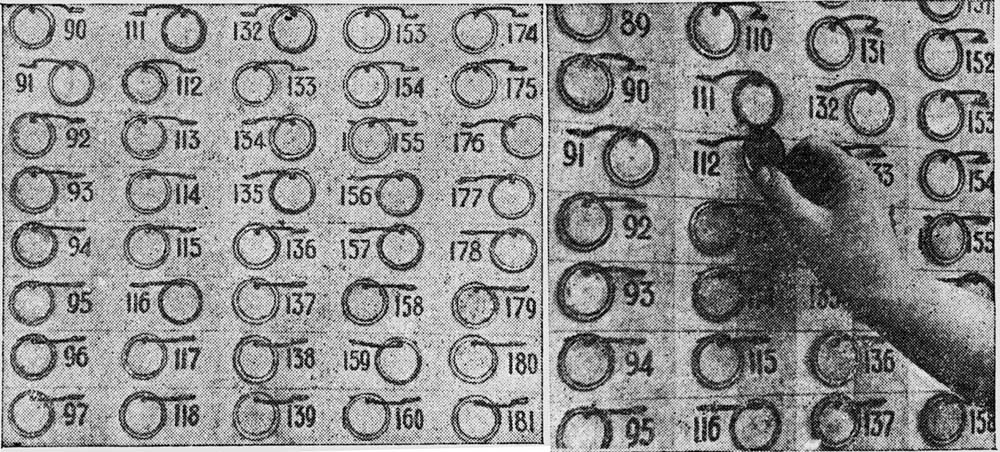
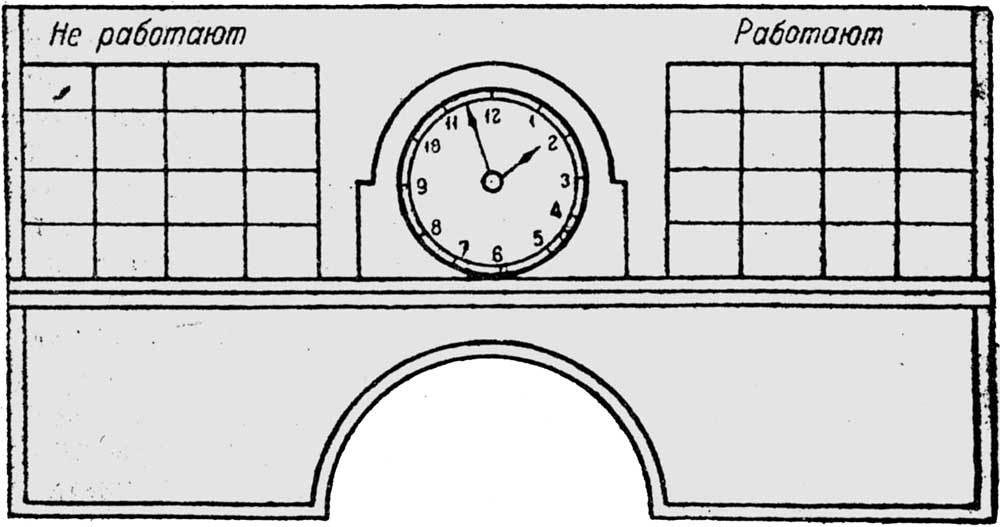
However, there were, there were models, and the designers were drawing smart diagrams of what size the cell boards and slots should have.
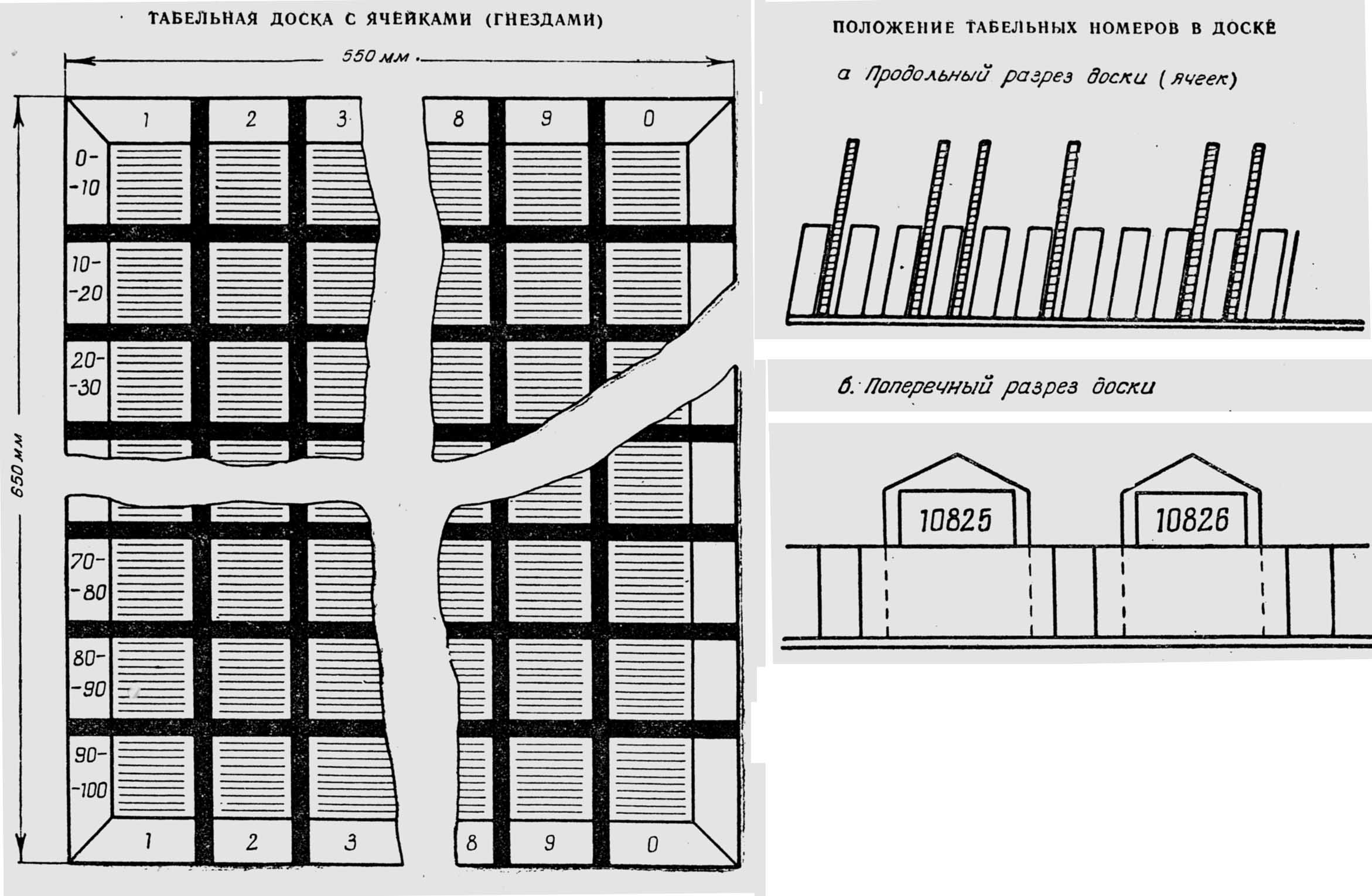
The time boards displayed on the walk-through boards only partially solved the time-keeping problem. Data on working time is required to submit to the accountants, and who will be engaged in this, not the doorman ?! Junkers of their concerns enough. In addition, some employees have traveling jobs, to them the time boards are not applicable. It turns out that the time boards do not cancel, but only slightly complement the functions of traditional timekeepers. How to be?
They invented the so-called control hours (they were also called chronographs and chronotypes). These devices also exhibited at the entrance. With the help of control hours, employees passing into and leaving the enterprise’s territory put down marks on the personnel cards specially intended for that. The time on the cards was automatically imprinted - it was absolutely impossible to come to an agreement with the control clock, not like with a timekeeper or doorman. Then the cards were handed over to the billing department for payroll based on the time worked.
Such an idea, in short.
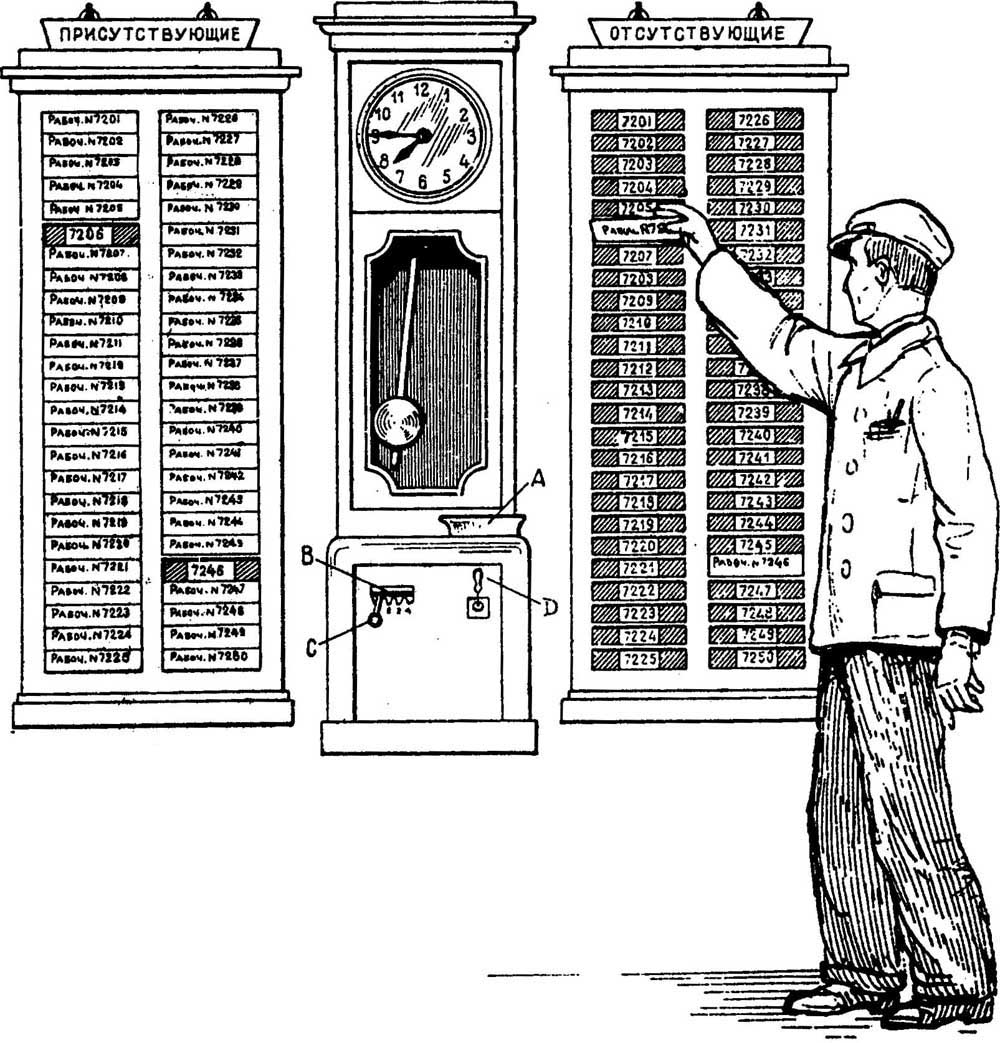

Company cards, abroad and in our first half of the last century:

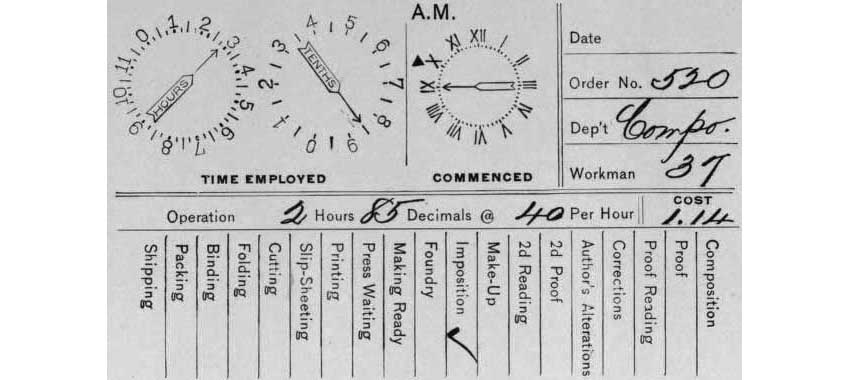
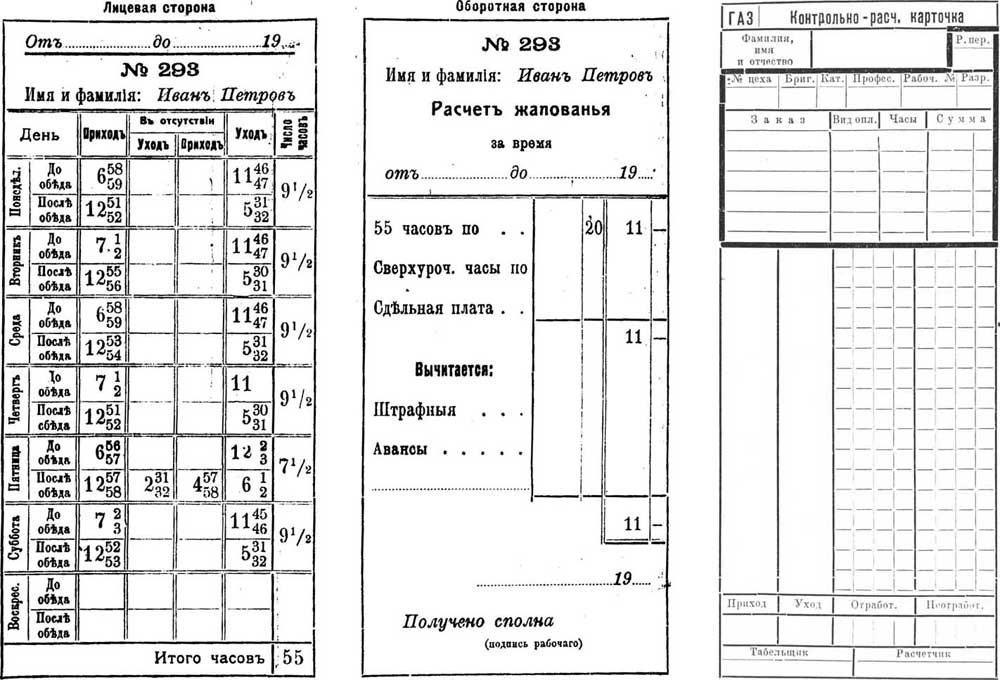
The control clock is not something that the board, with their use was the field for inventive activity. Still, the clock is a rather complicated mechanism, and here it is required to stamp the card, there is something to think about with a brain to a technically gifted person.
Models of control hours in the 1920-30s. a fair amount was produced, many were produced on an industrial scale. Here are samples of some of them:
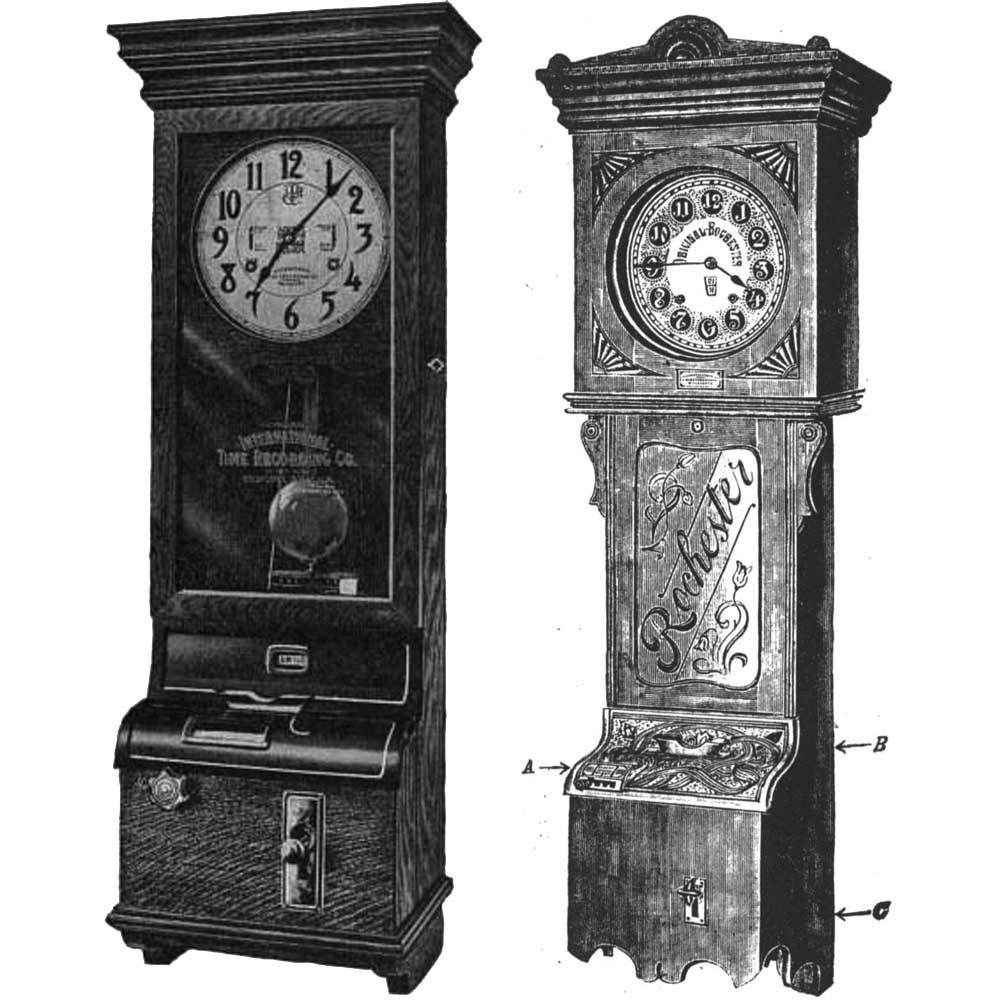

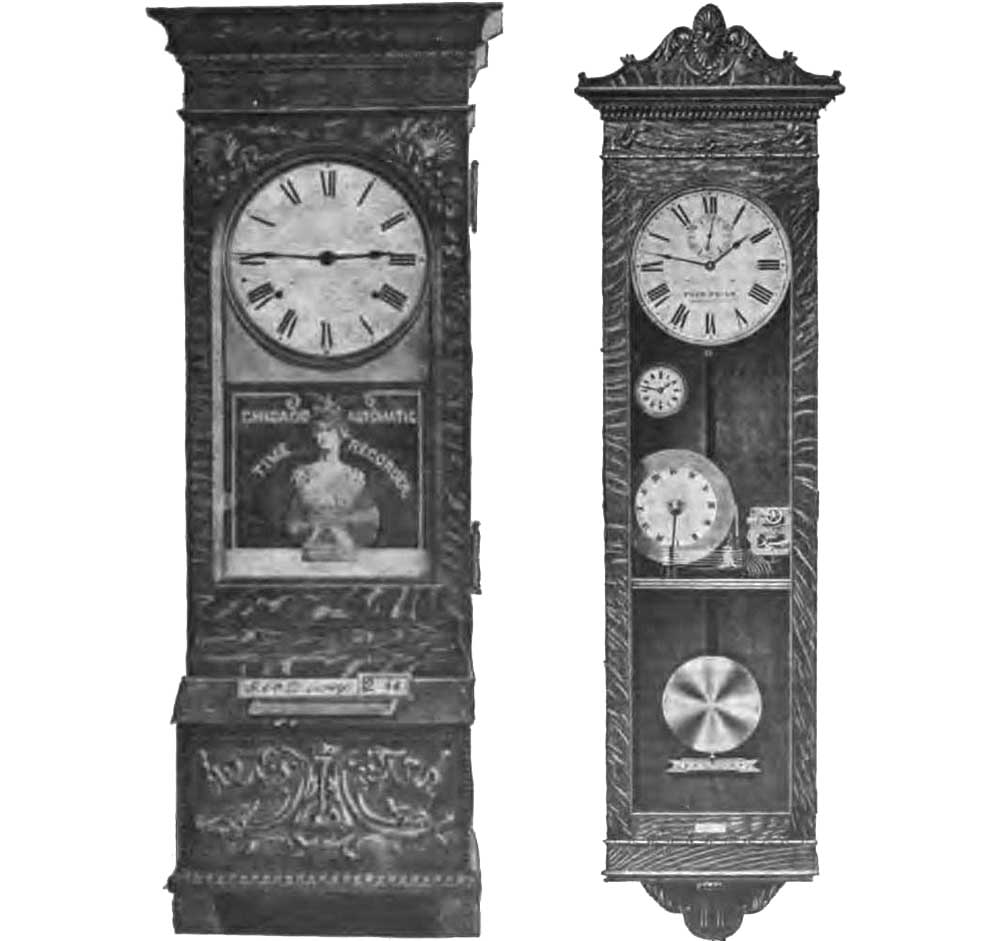
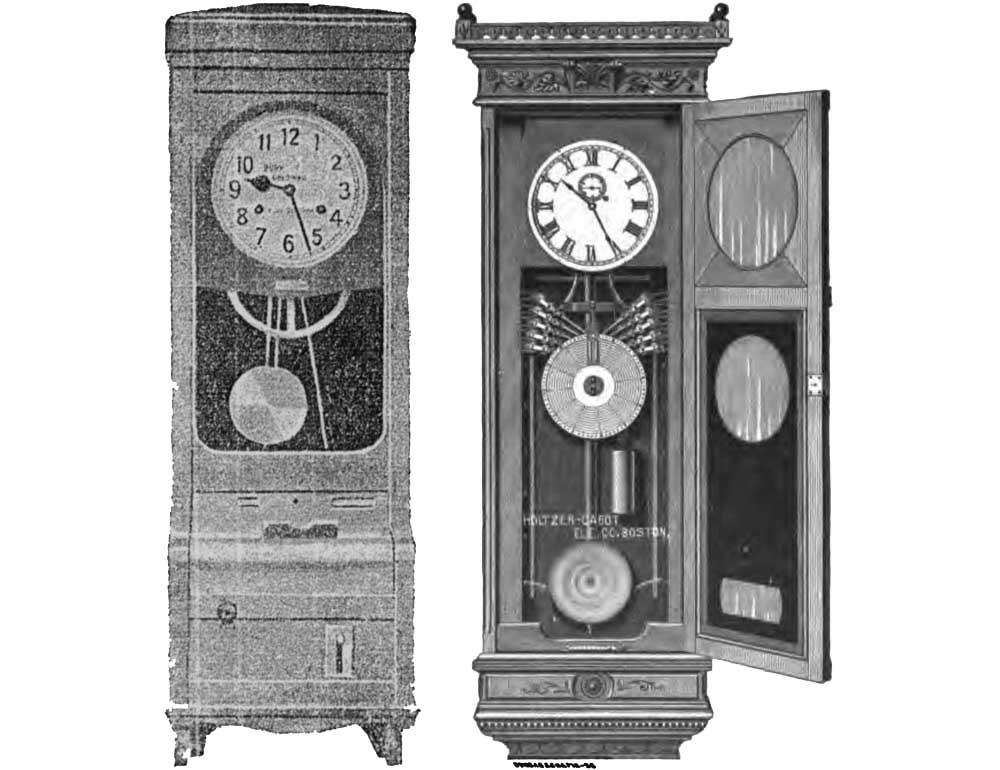
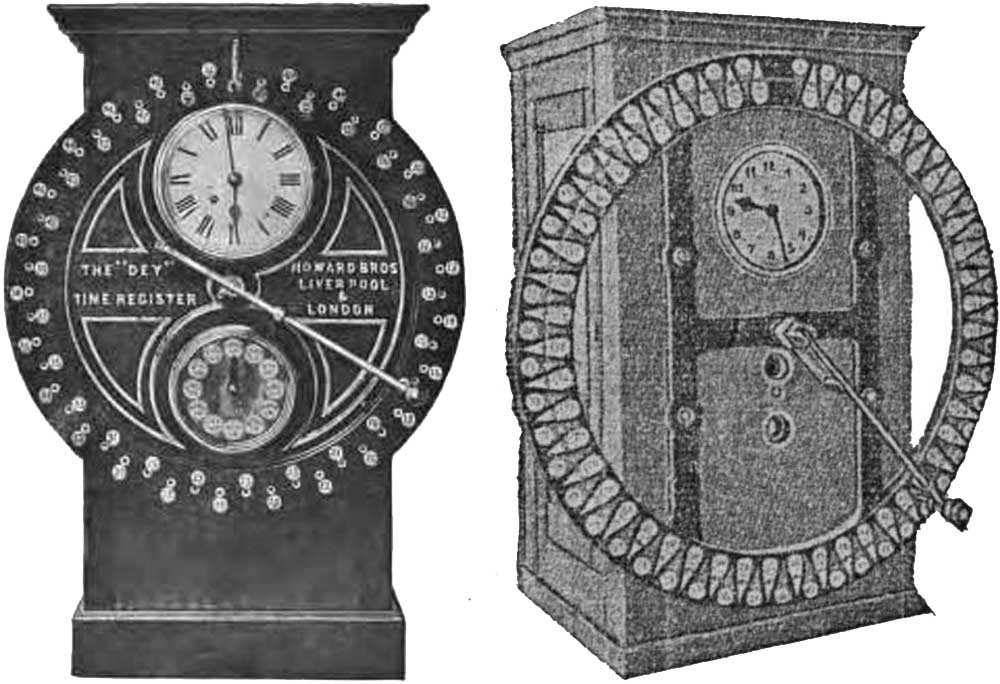

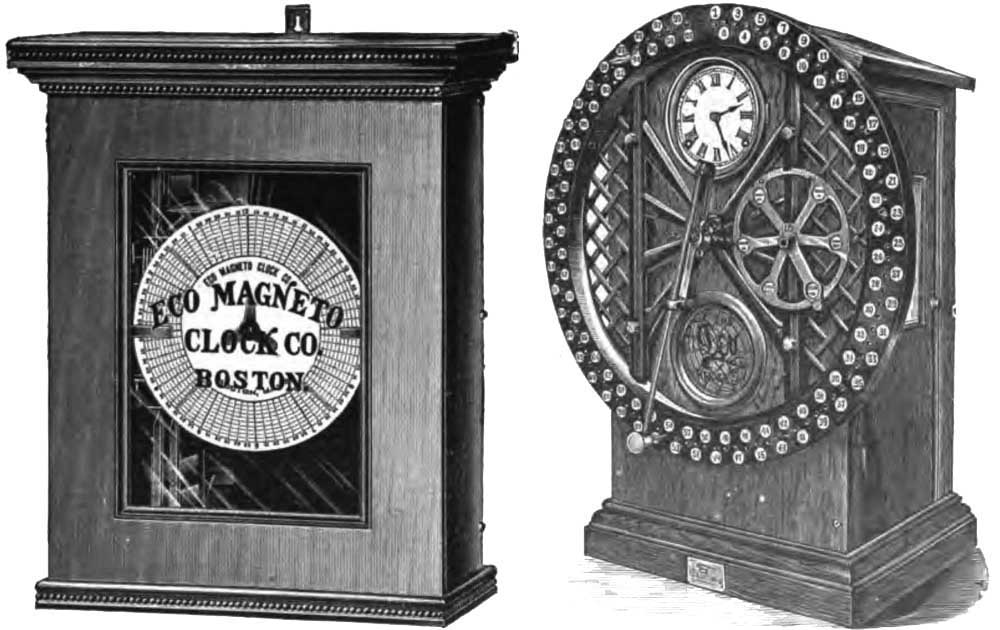
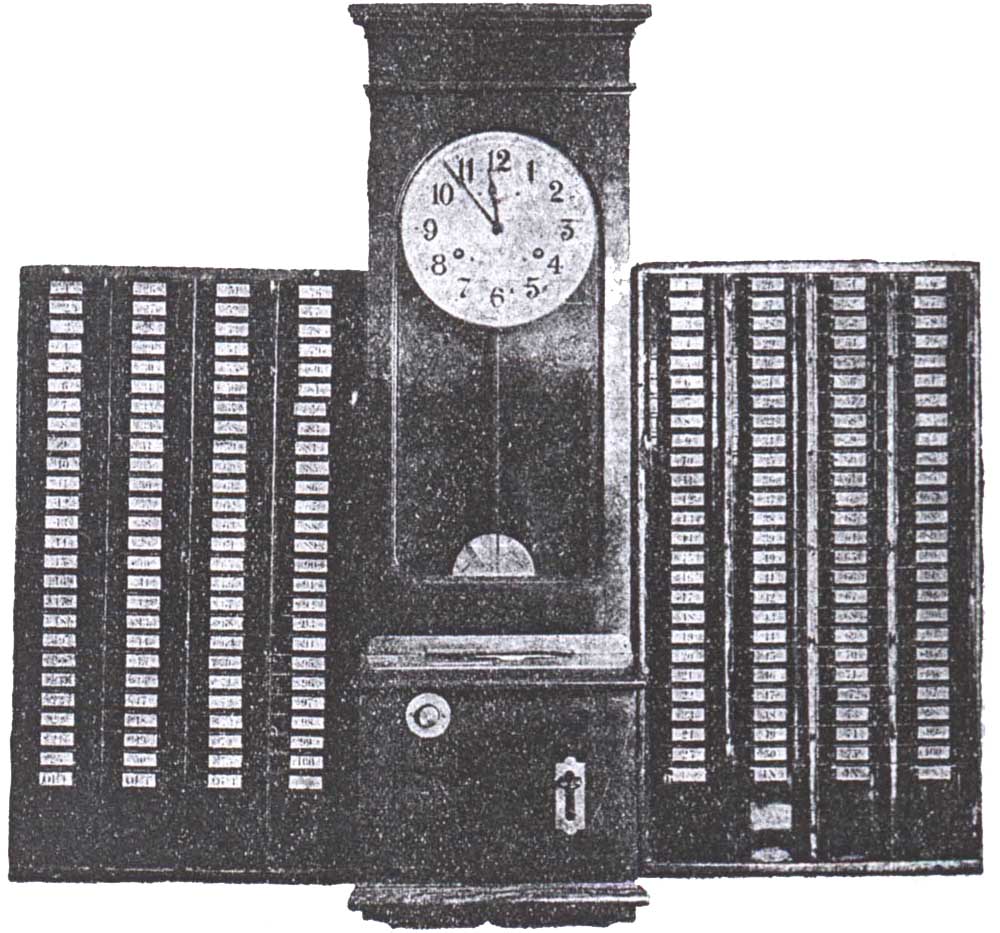
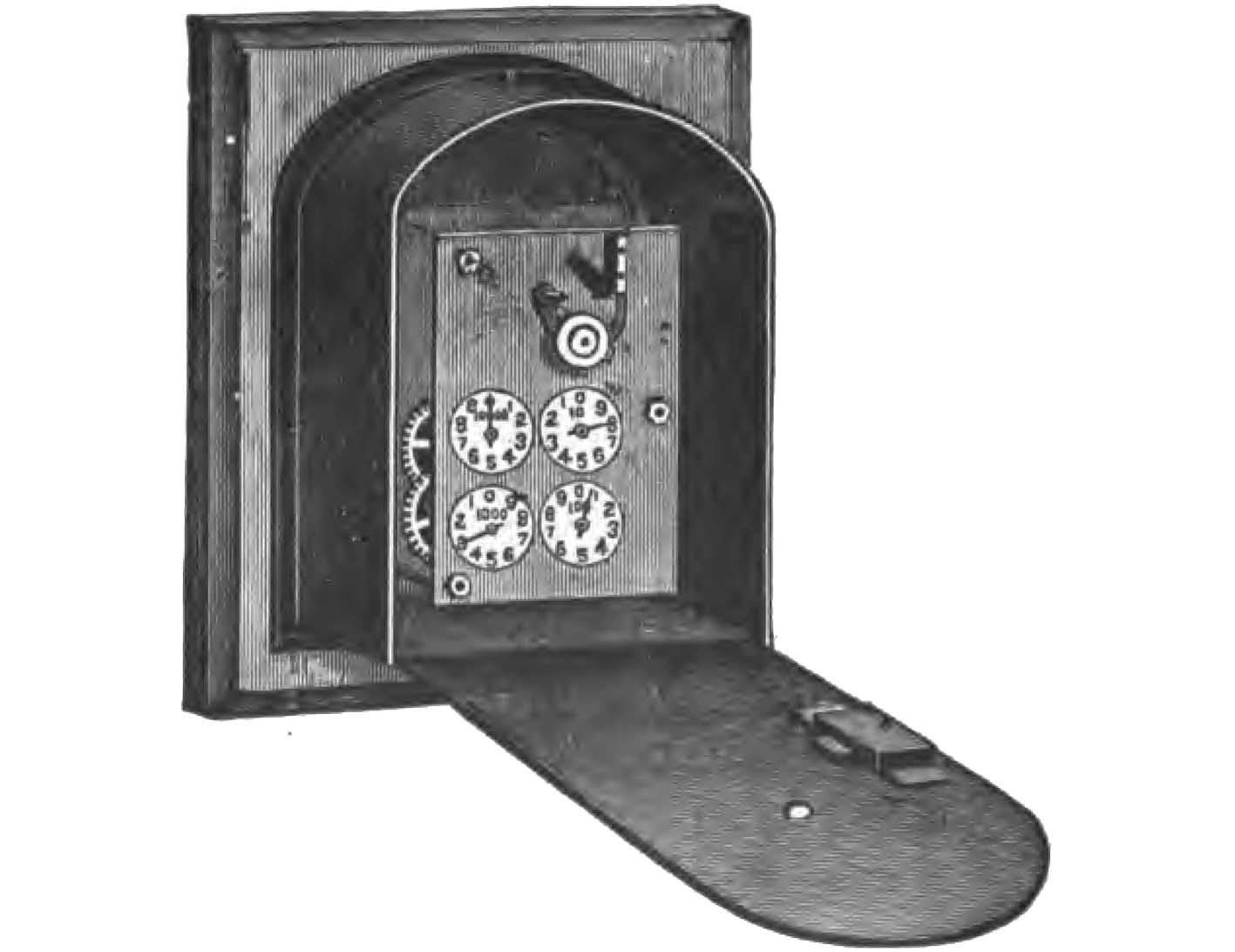
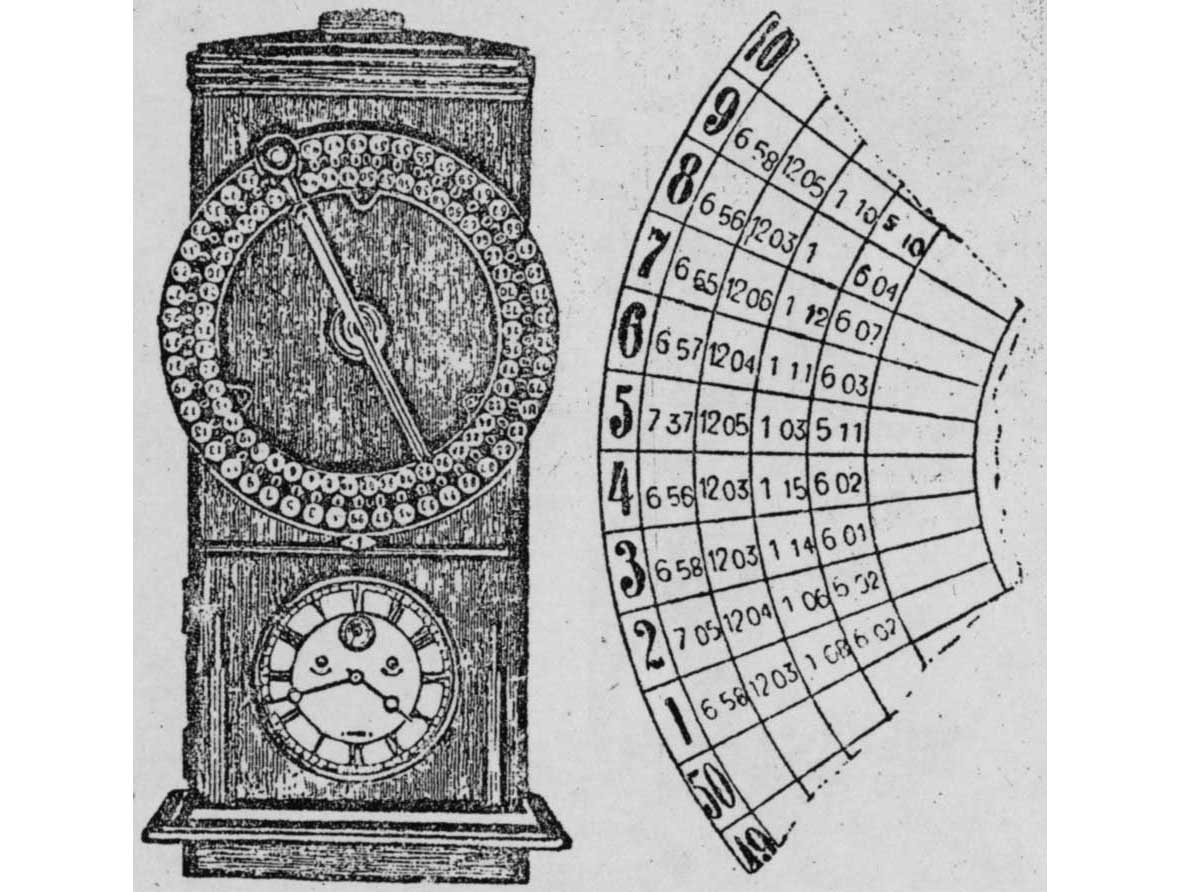
Some models of control hours were not wall-mounted, but desktop ones, in fact, represented stamps with a clockwork mechanism.
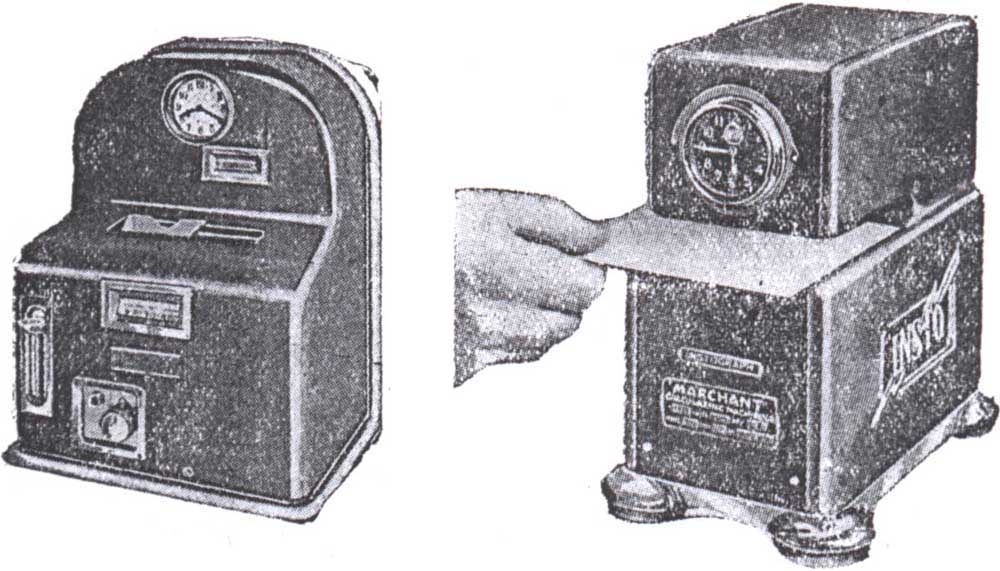
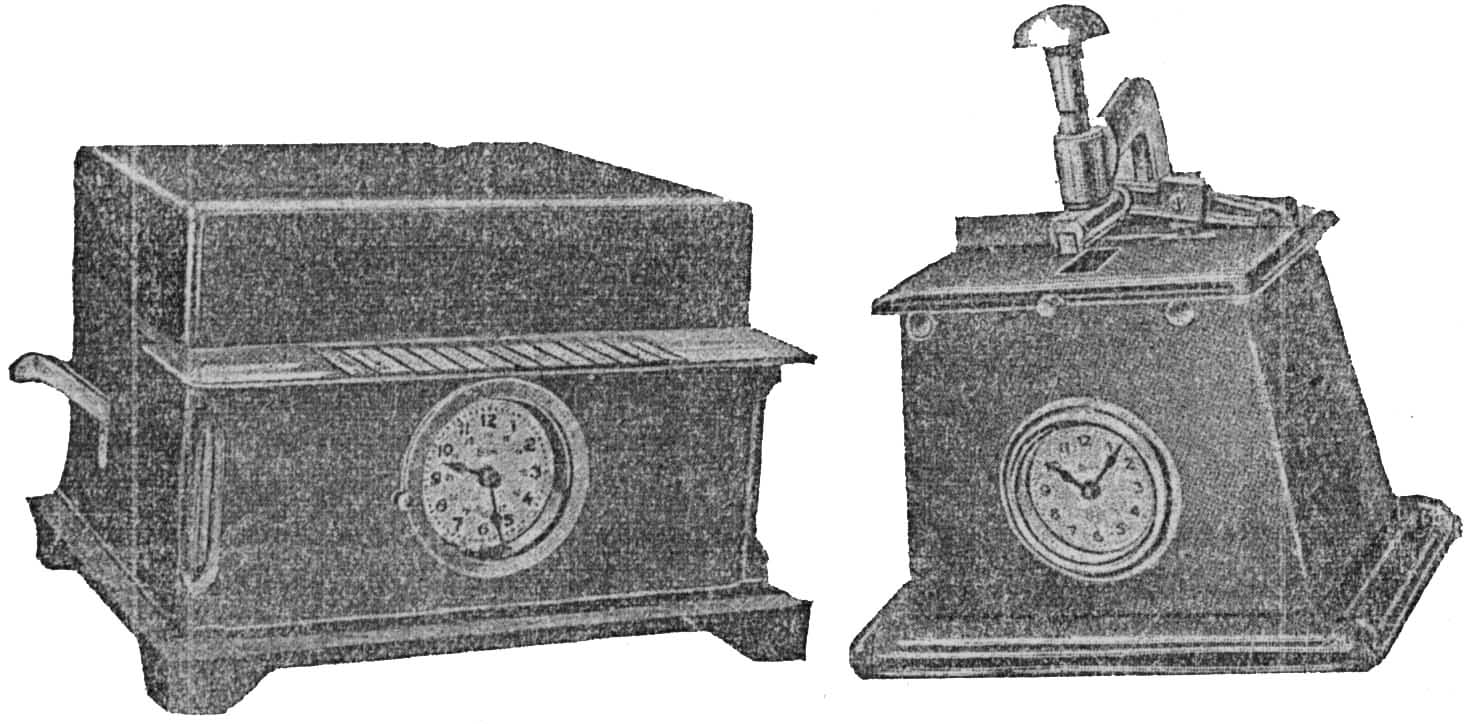
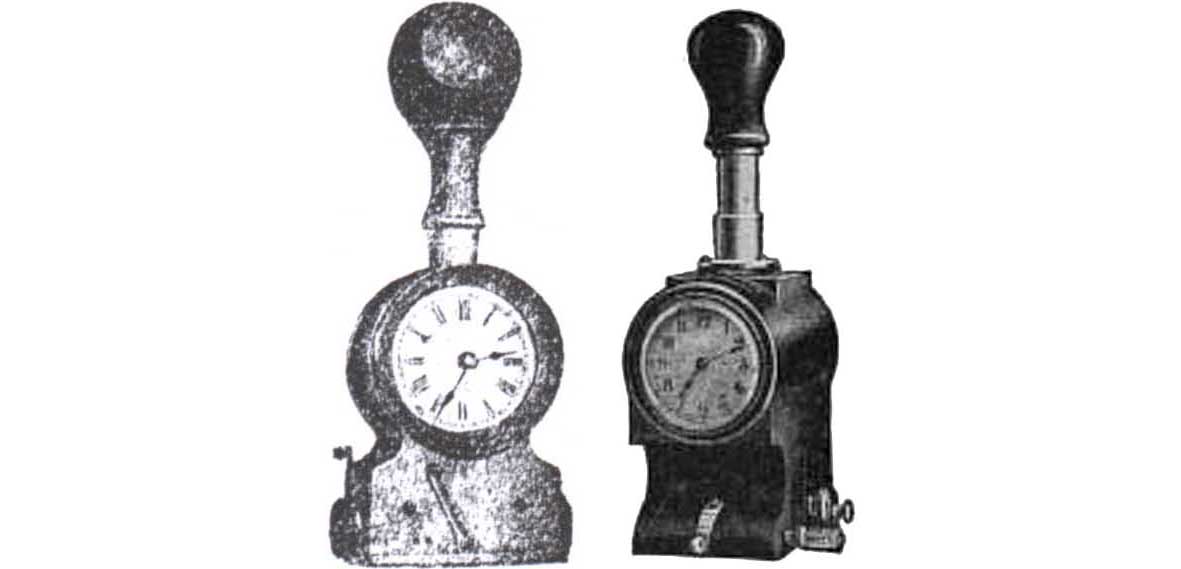
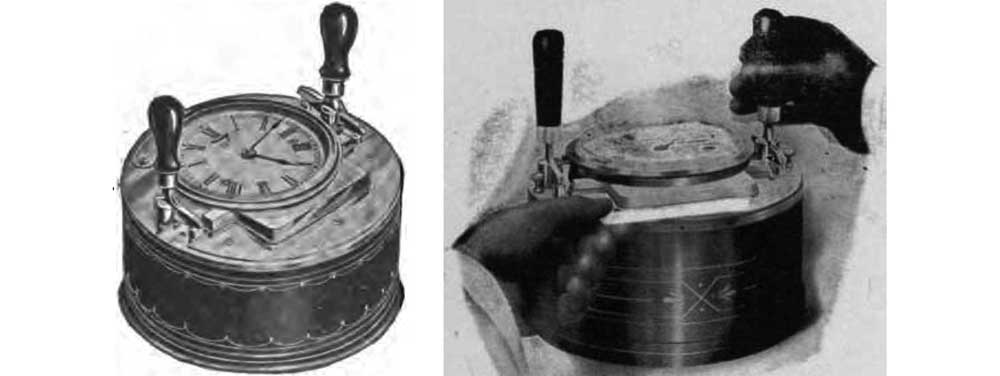
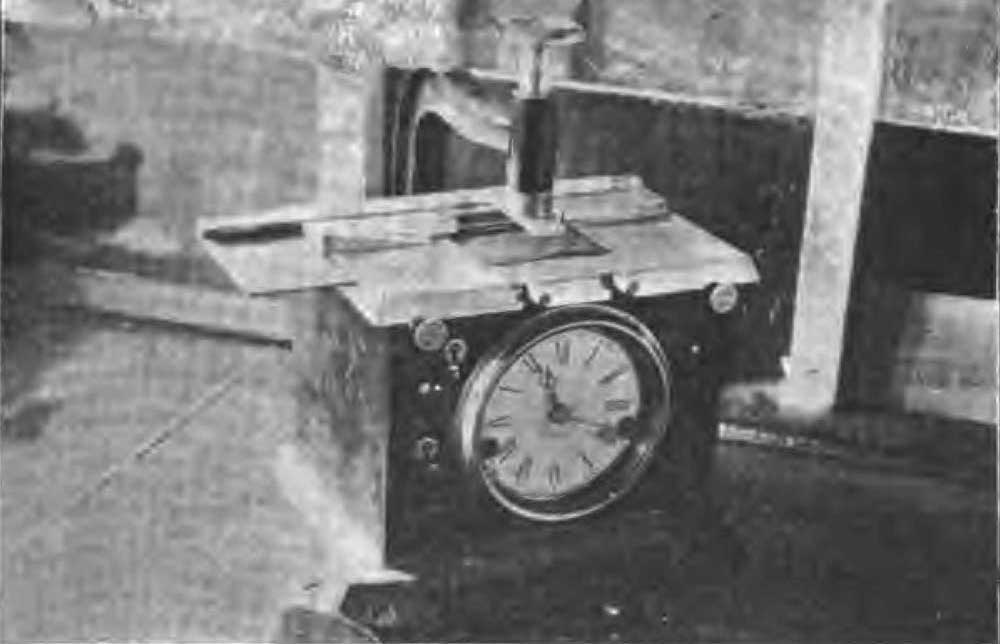

I will add that the control hours were used not only for time-keeping in industrial enterprises, but also for solving similar tasks at various service points — where it was necessary to mark the time spent by the visitor.
Below are the control cards of a foreign type, on which the time of a telephone conversation and the time spent in the billiard room were noted.

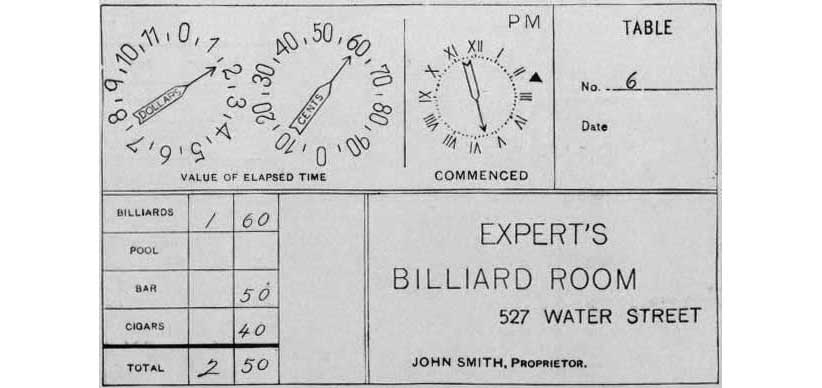
Now, instead of time cards, plastic passes are used (where they are used, of course, time sheets are still in use, as far as I know), but more often not as part of time use accounting, but to control employee access to a particular room. Although the principle has remained unchanged: automatic control over the intersection of a certain point by a person with the registration of an event in the database.
Source: https://habr.com/ru/post/177987/
All Articles